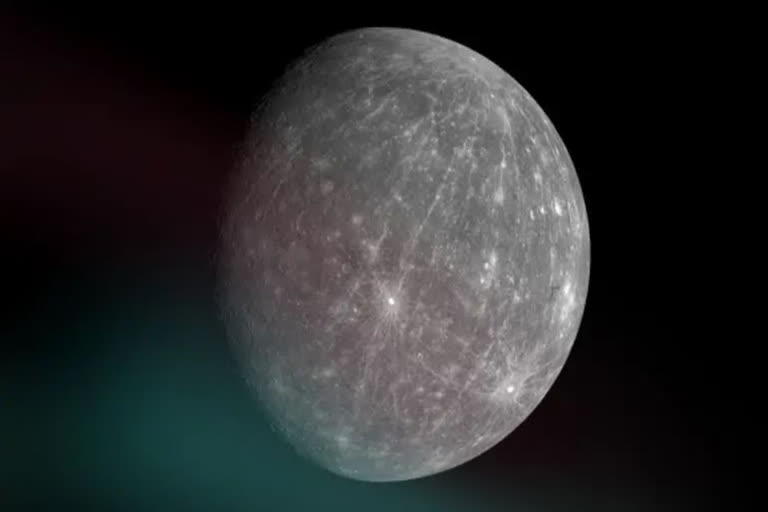New Delhi: On the basis of data from Transiting Exoplanet Survey Satellite (TESS), a team of astronomers has discovered an exoplanet with a molten surface. The surface, with an exterior similar to molten metal, is because of the extreme heat generated due to the short distance between the exoplanet and its sun having a temperature of more than 2600°F. A year on this ultrashort-period planet lasts for only eight hours because of its tight orbit, consequently causing a year to last for only eight hours here.
This exoplanet, called GJ 367b, is a sub-earth sized planet with a density almost equivalent to pure iron, as informed by Kristine Lam, an exoplanet astronomer at the German Aerospace Centre and the lead of the study revealing the findings of this exoplanet, published in the journal 'Science'. Its high surface temperature is close to the vapourisation point of iron, suggesting that it is the iron core of a planet that has lost its outer mantle.
It is one in only a handful of earth-sized exoplanets that have been so closely characterised, since it is quite difficult to detect exoplanets that are of the same size or smaller than the earth. Unlike other exoplanets, the researchers and scientists have been able to track some specific and solid details of this particular one. "This is a unique one, unlike anything scientists have observed before," says Mercedes López-Morales - an astrophysicist at the Center for Astrophysics, Harvard & Smithsonian - who specialises in exoplanets.
Also read: Ahmedabad-based PRL discovers star-planet bigger than Jupiter
The team determined the size of the planet with TESS and measured the mass of the planet by looking at its star's wobble, which could be observed with help of a ground-based instrument at the European Southern Observatory called HARPS. These instruments otherwise wouldn’t have the precision to measure a sub-earth exoplanet. But, in this case, the host star is a red dwarf that is bright and small relative to other stars. Because of these two attributes, the exoplanet’s signal stood out and it became easier for the researchers to carry out the measurements, as informed by Lam.
The team was also successful in measuring the estimated density of the planet from its radius and mass. Usually, it is not possible to directly measure a planet’s core from this distance, but they can use models to infer the possible layers it may constitute.
With its density almost similar to that of pure iron, the researchers are estimating the interior cross-section of GJ 367b to be about 86 percent iron. This makes the exoplanet almost similar to Mercury in our solar system, which is about 83 percent iron, Lam says. "Because it’s about ten times the mass of Mercury, this exoplanet is its own beast," points out López-Morales.
To further investigate the kind of atmosphere the planet has --if at all it has one--Lam plans to apply for time on the James Webb Space Telescope. López-Morales estimates that the planet's original atmosphere should have been long gone by now, but there's a possibility that vapourised elements on its hot surface form a secondary atmosphere and give some useful leads.



